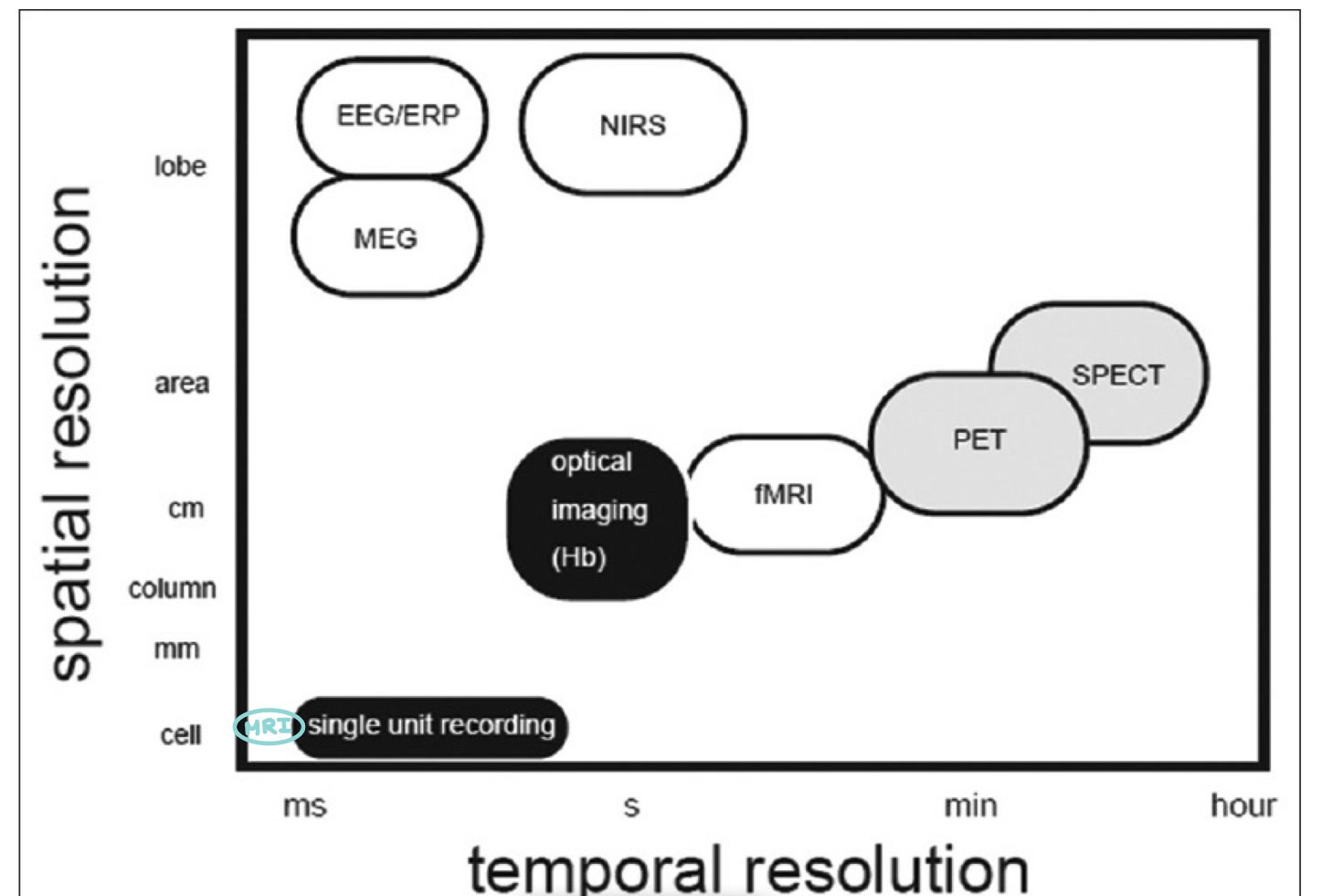Lecture 2
Studying Sleep
Subjective Estimation
Retrospective
Questionnaires (Pittsburgh Sleep Quality Index) or Interviews
Pros: easy to get
Cons: often unreliable, subject to bias
Prospective
Sleep diaries
Pros: can be modified to target a specific sleep problem
Cons: labour-intensive, require motivation, captures limited subjective information
Objective Measures
Actigraphy
Measures gross levels of motor activity
Estimate sleep-wake patterns → sleep fragmentation
Pros: non-invasive, can be used at home
Cons: records activity-rest patterns so limited sleep data
Video Recording
Observe motor activity at night
Pros: cheap
Brain Imaging
Often done when people are sleep deprived so they fall asleep easily
Cons: uncomfortable, invasive, expensive
Functional Near-Infrared Spectroscopy
Measures hemoglobin concentration
Pros: non-invasive, portable
Portable EEG
Oura: measures heart rate variability and body temperature
Depth Electrodes
Record sleep patterns
Used in the context of pre-operative or diagnostic epilepsy non-responsive to medication
Implanted for many days
Single Cell Recordings
Pros: very precise
Cons: very invasive → only for animals
Polysomnography
Type | Measurement | Function |
|---|---|---|
EOG | Eye movements | Categorize REM sleep or SWS |
EMG | Muscle tonus | Detect REM sleep + diagnosis of sleep disorders |
EKG | Heart rate | Diagnosis of cardiac anomalities in sleep |
EEG | Brain’s electrical activity | Detect sleep onset, sleep stages and detection of anomalies |
EEG
Waves:
Amplitude: deviation from the baseline
Measures the synchrony of neurons
Frequency: number of cycles per second
Measures the speed of discharge of neurons
EEG signal: aggregated activity of thousands of pyramidal neurons perpendicular to the scull
Frequencies
There is never just 1 frequency present
Many frequencies are combined
There is usually a dominant frequency
Frequency bands
Wake | Resting wake, eyes closed | Sleep onset, NREM1, NREM2, REM | NREM3 |
|---|---|---|---|
Beta | Alpha | Theta | Delta |
13-30 Hz | 8-13 Hz | 4-8 Hz | 0.5-4 Hz |
Desynchronized: low amplitude | Synchronized: high amplitude |
Spatial and Temporal Resolution Comparisons
Spatial resolution: location in the brain
Temporal resolution: how quickly it can detect changes

Sleep Stages
Stages | % | Infos |
|---|---|---|
Sleep onset | - | Gradual process |
NREM1 | 5 | General slowing of brain activity |
NREM2 | 50 | Mental activity range from simple to complex |
NREM3 | 15 | Brain activity is slow and synchronized |
REM | 25 | Mixed frequencies |
Sleep Spindles
Sigma activity
Plays a role in memory consolidation
Associated with protective processes against neurodegeneration and brain plasticity
K-Complex
Bipolar wave of 0.5 seconds
Plays a role in thalamo-cortical gating
Involved in preserving sleep
General Information
The face only gets completely relaxed in REM sleep
The vast majority of sleep is in theta frequency
The duration of REM sleep increases as the night passes
NREM3 or SWS is predominant during the 1st half of the night because it is the most important
If we wake up during NREM3, we feel confused and cranky
Babies develop muscle atonia, they are not born with it